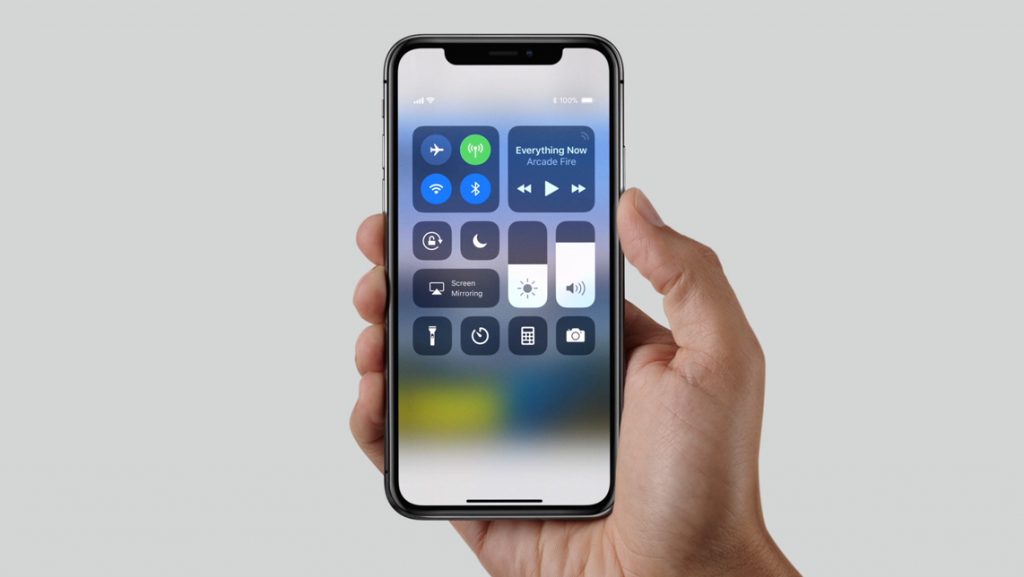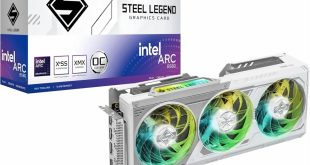Over the last couple of weeks, there have been plenty of reports detailing the issues Apple is having behind the scenes getting the iPhone X ready. The main holdup appears to be the components required for Face ID, which were having serious yield issues. Now, in an effort to get past this, it seems that Apple may have lowered components specs to allow suppliers to test Face ID modules at a faster rate.
Apple is very demanding of its suppliers when it comes to quality control and stringent component testing. These tests became more complicated this year, as Apple made the jump to Face ID, which requires a dot projector to work correctly. According to a report from Bloomberg, this infrared dot projector requires high precision, meaning if microscopic components are off by just a few microns, the tech might not work properly.
One of Apple’s dot projector suppliers dropped out entirely as it couldn’t meet the level of precision required. This has left Apple with two suppliers left for this particular component. As a result, it is being reported that Apple has chosen to downgrade its Face ID requirements slightly, in order to boost production.
It’s not just the tech inside of the dot projector causing issues though. At one point, LG and Sharp oversaw combining the laser and the glass lens to complete the dot projector. Given how fragile both units are, at one point only 20 percent of the units produced were actually usable.
KitGuru Says: Apple has been running into various issues getting its Face ID technology right. Hopefully these problems don’t leave the factory though. After all, it would be a disaster if the iPhone X’s flagship feature faced widespread issues out in the wild.
 KitGuru KitGuru.net – Tech News | Hardware News | Hardware Reviews | IOS | Mobile | Gaming | Graphics Cards
KitGuru KitGuru.net – Tech News | Hardware News | Hardware Reviews | IOS | Mobile | Gaming | Graphics Cards



